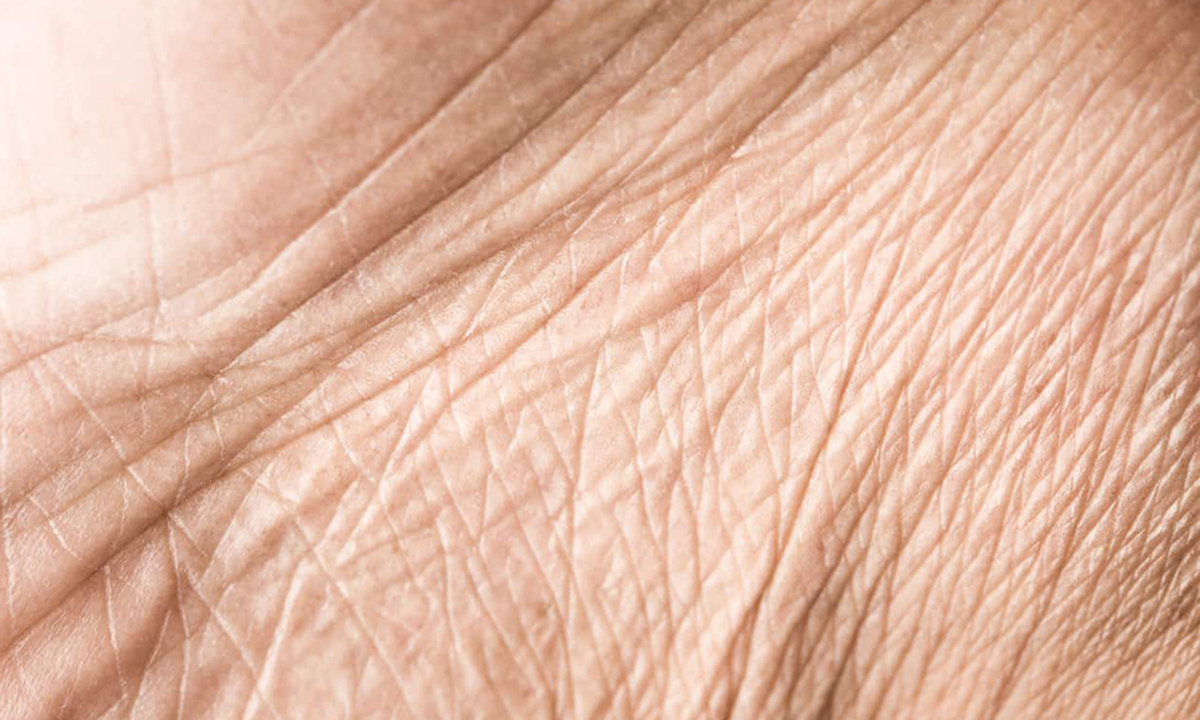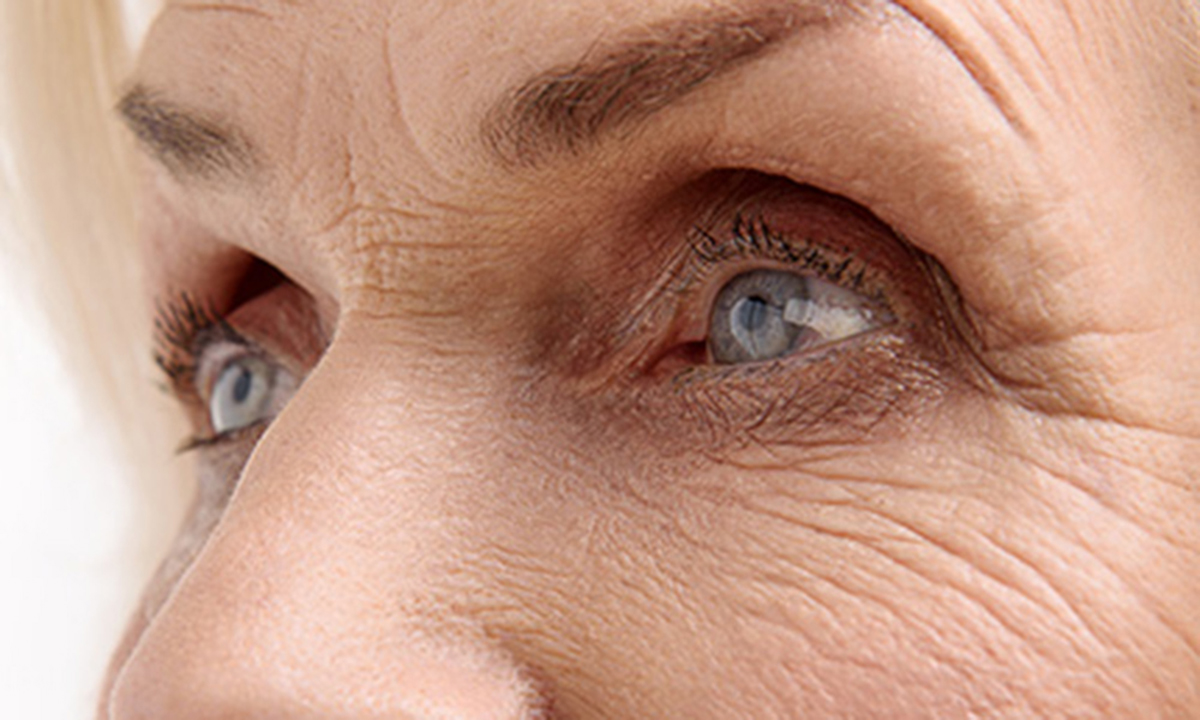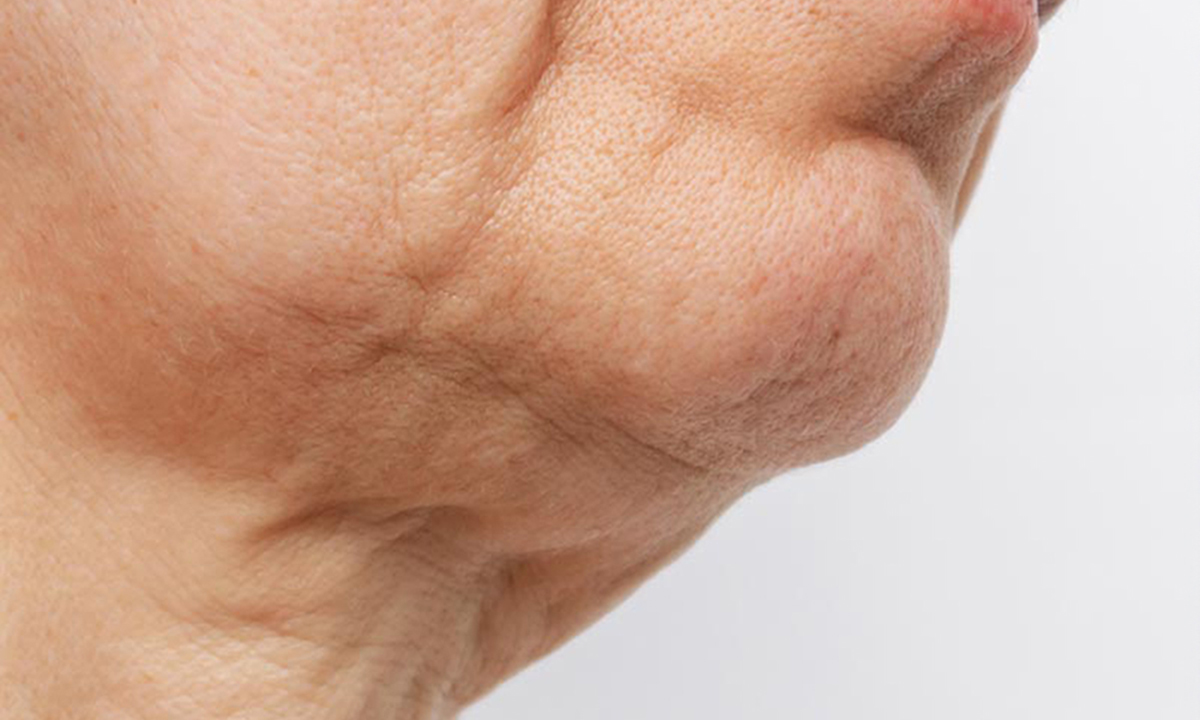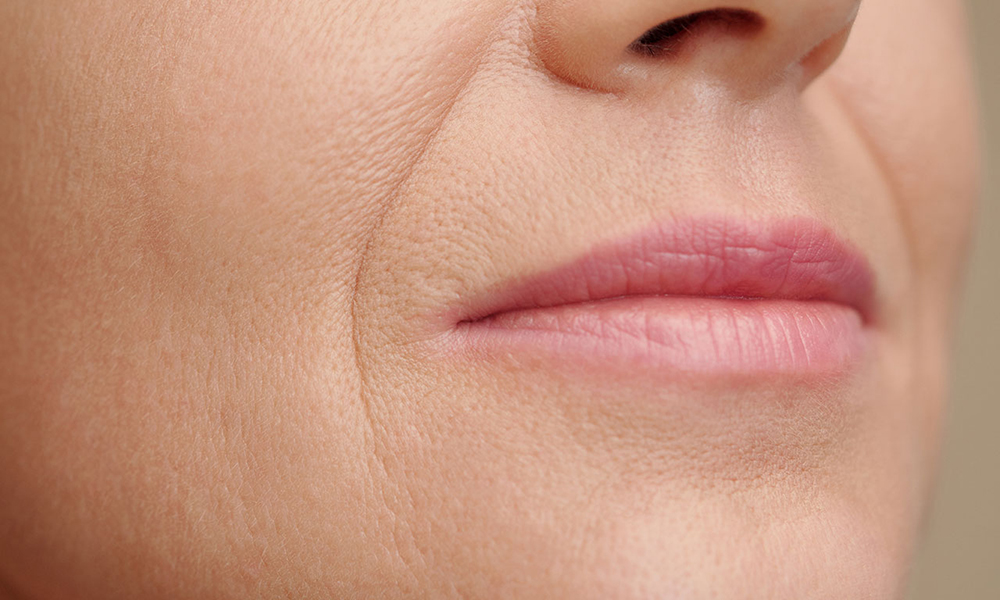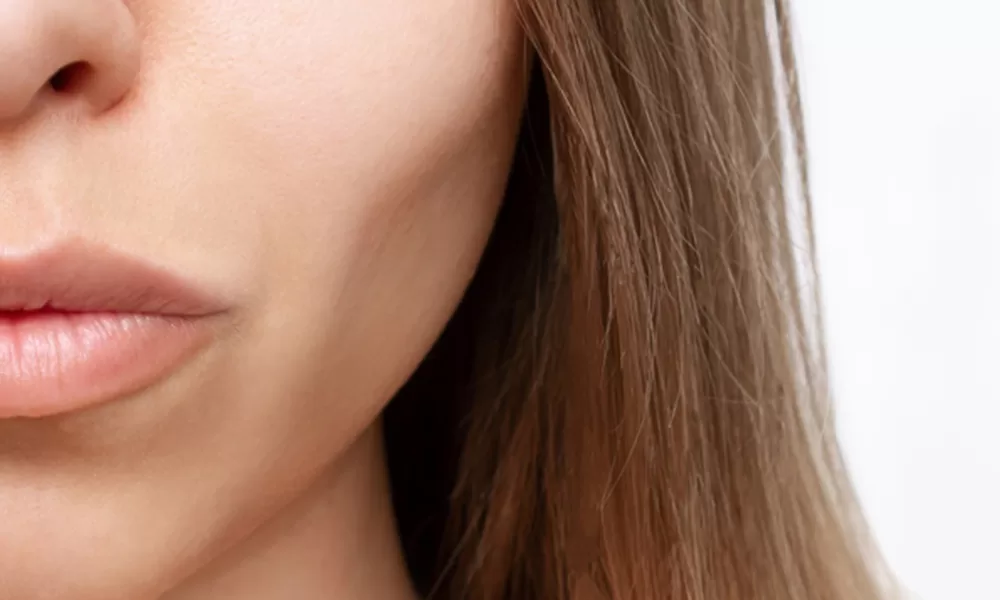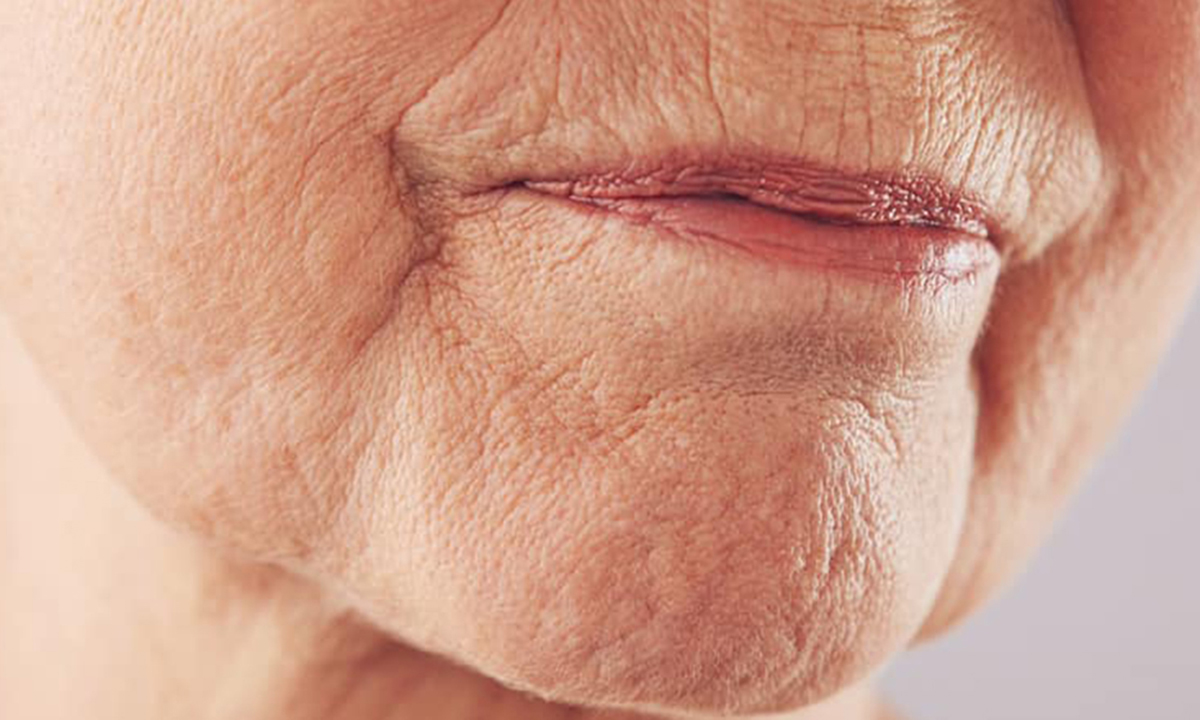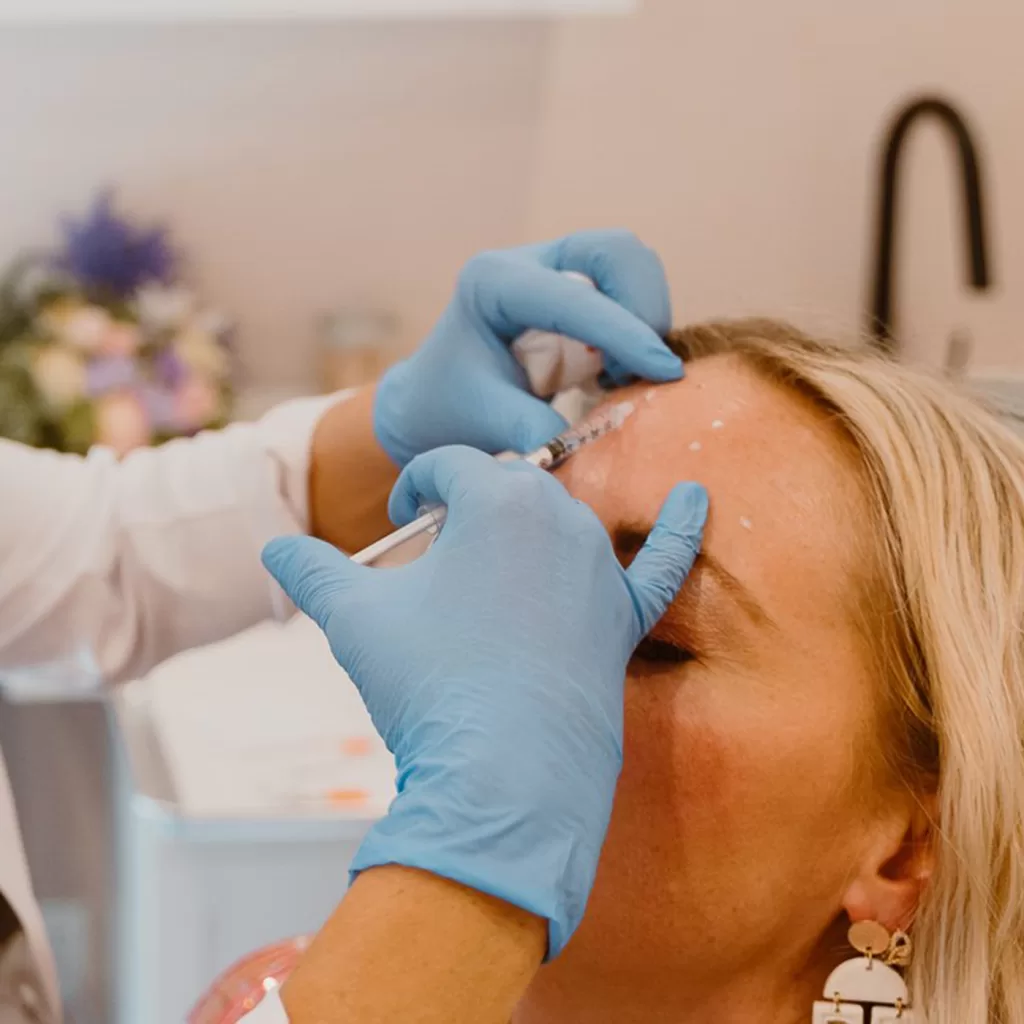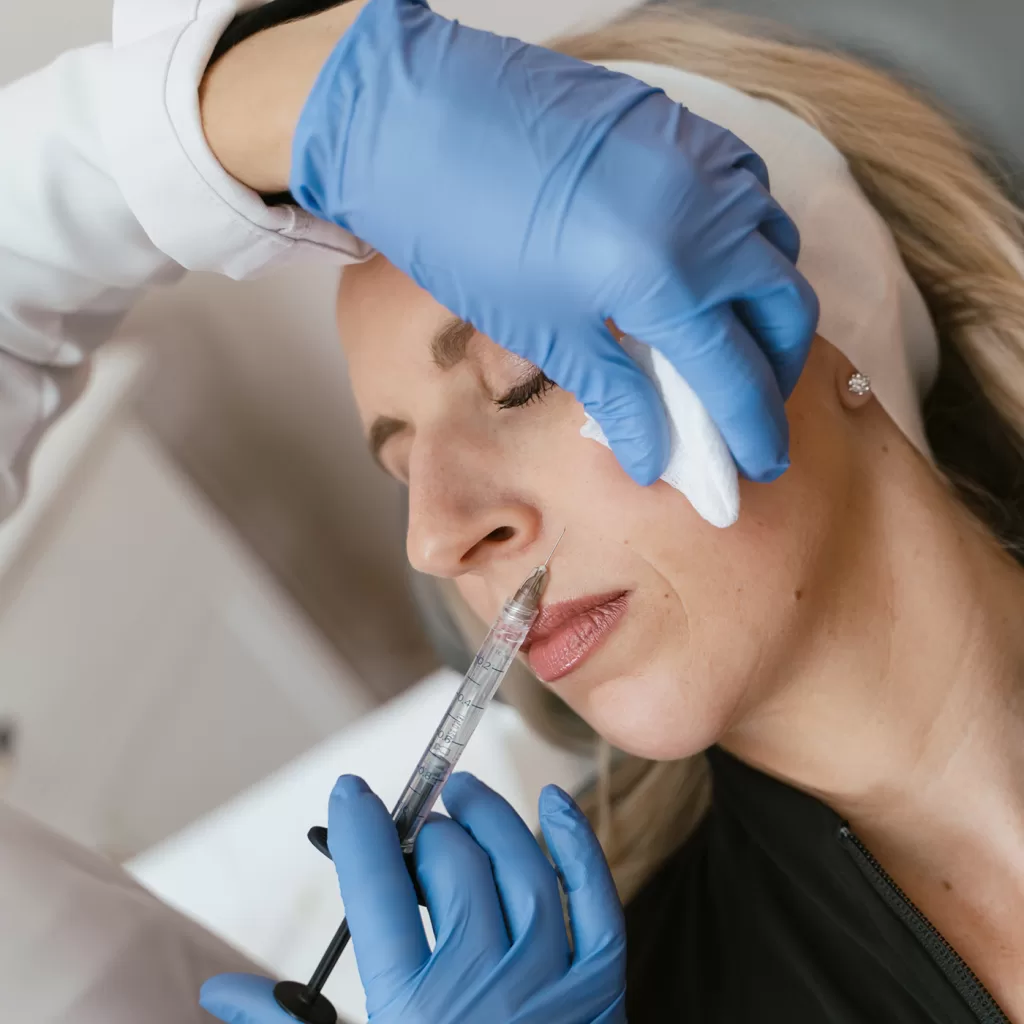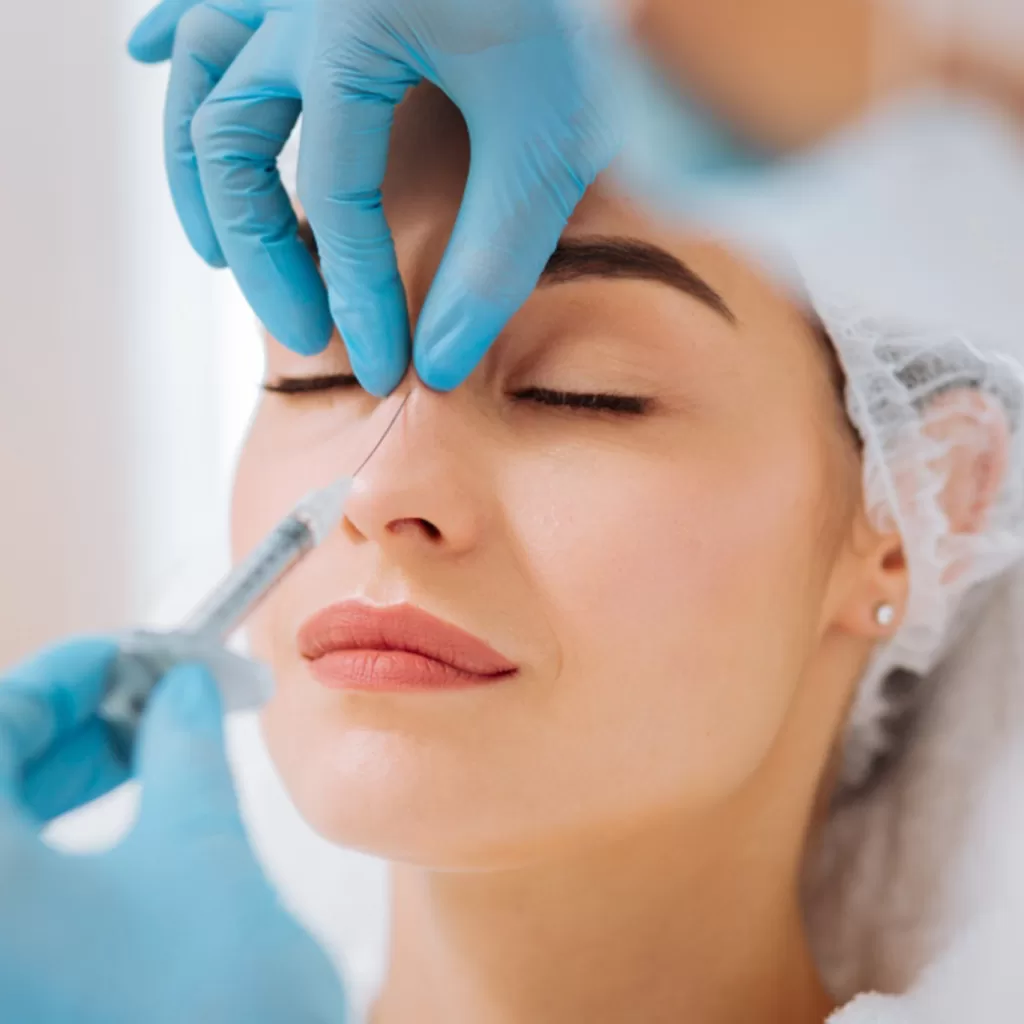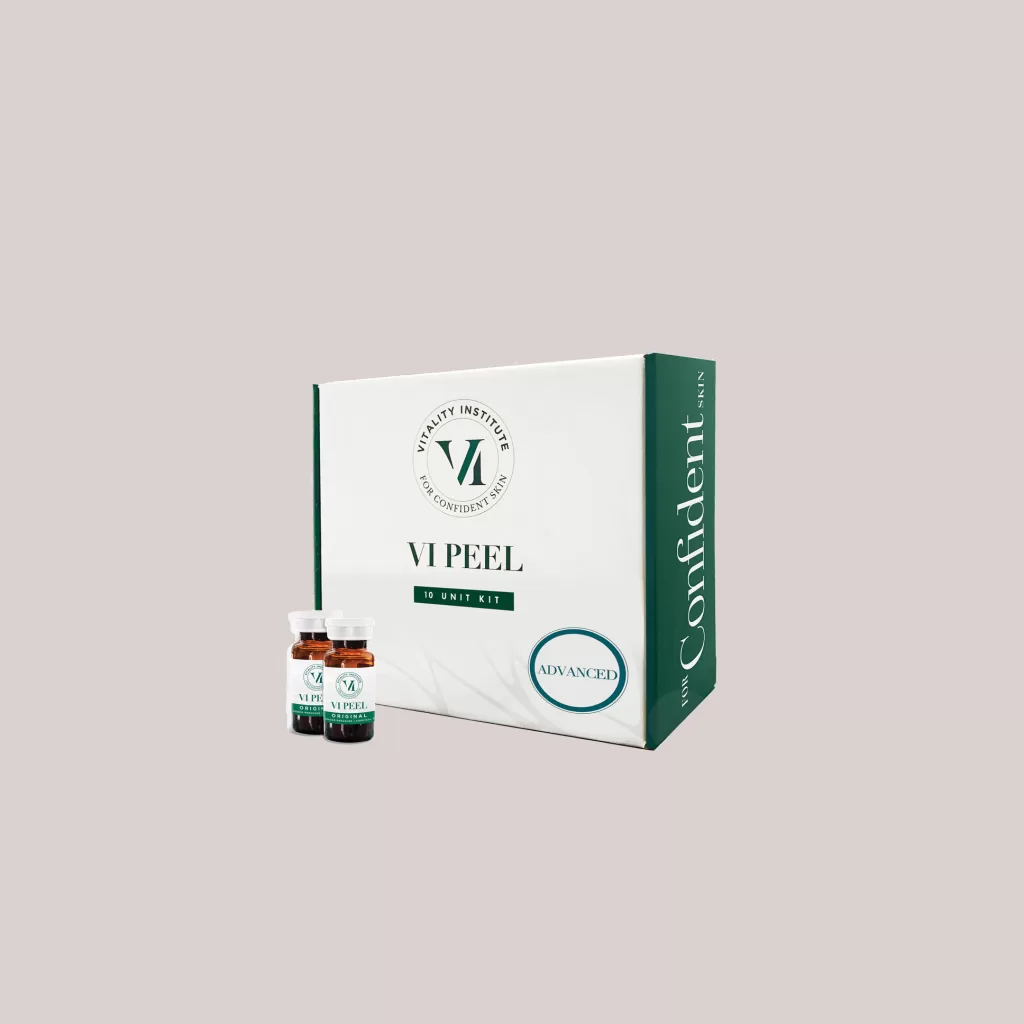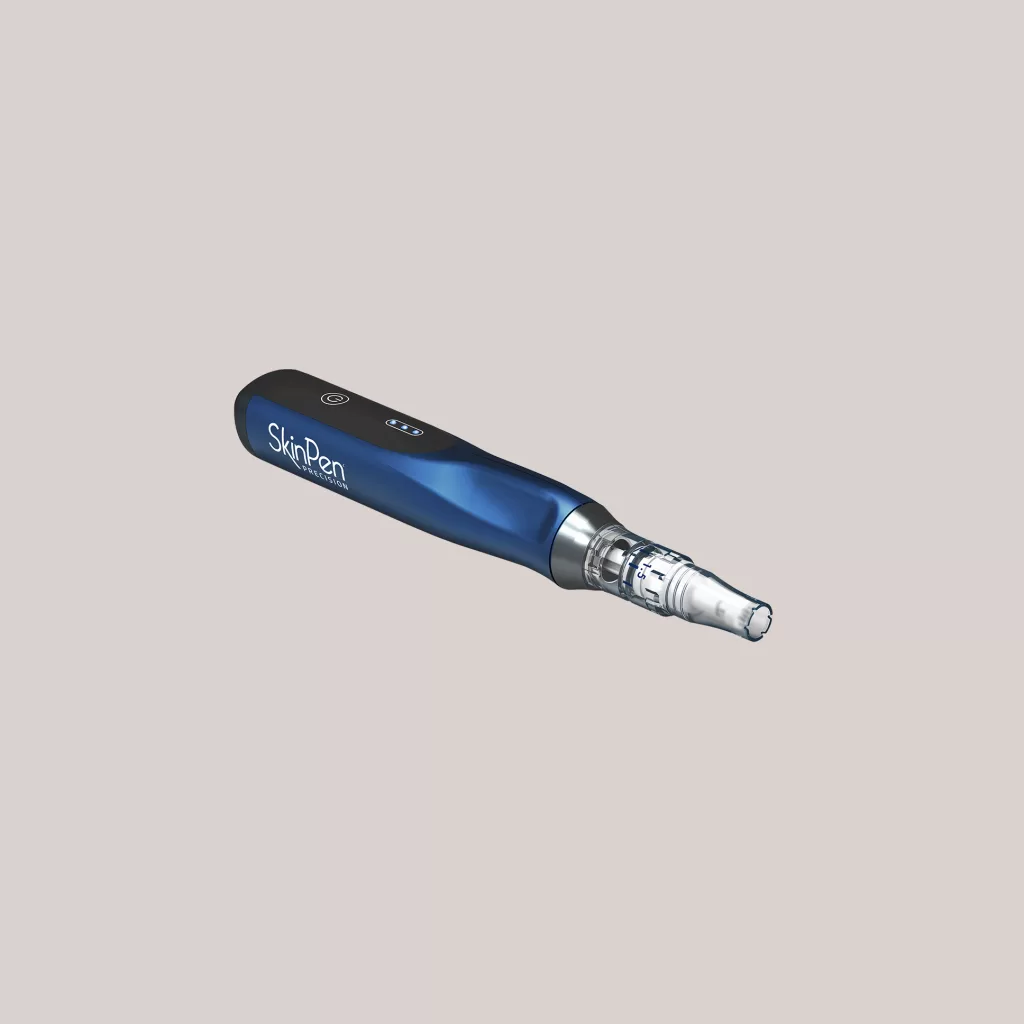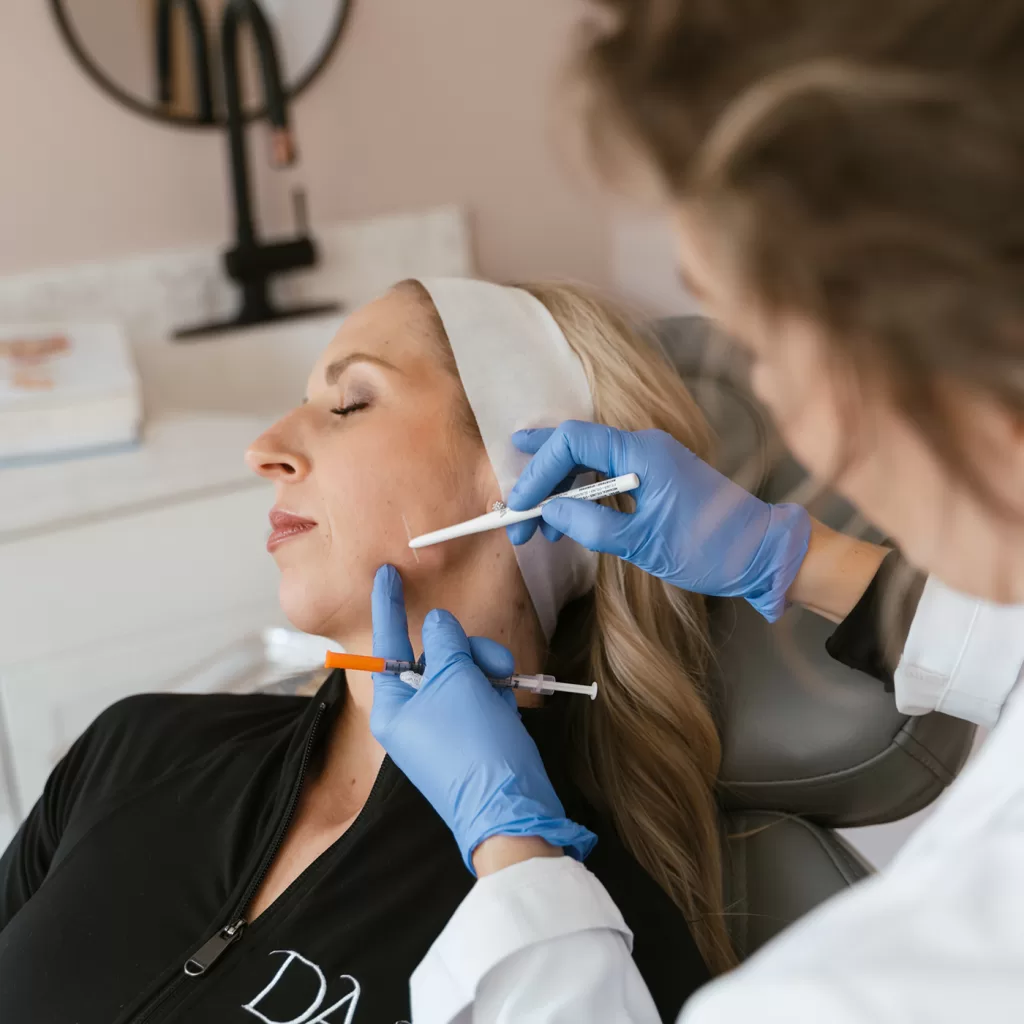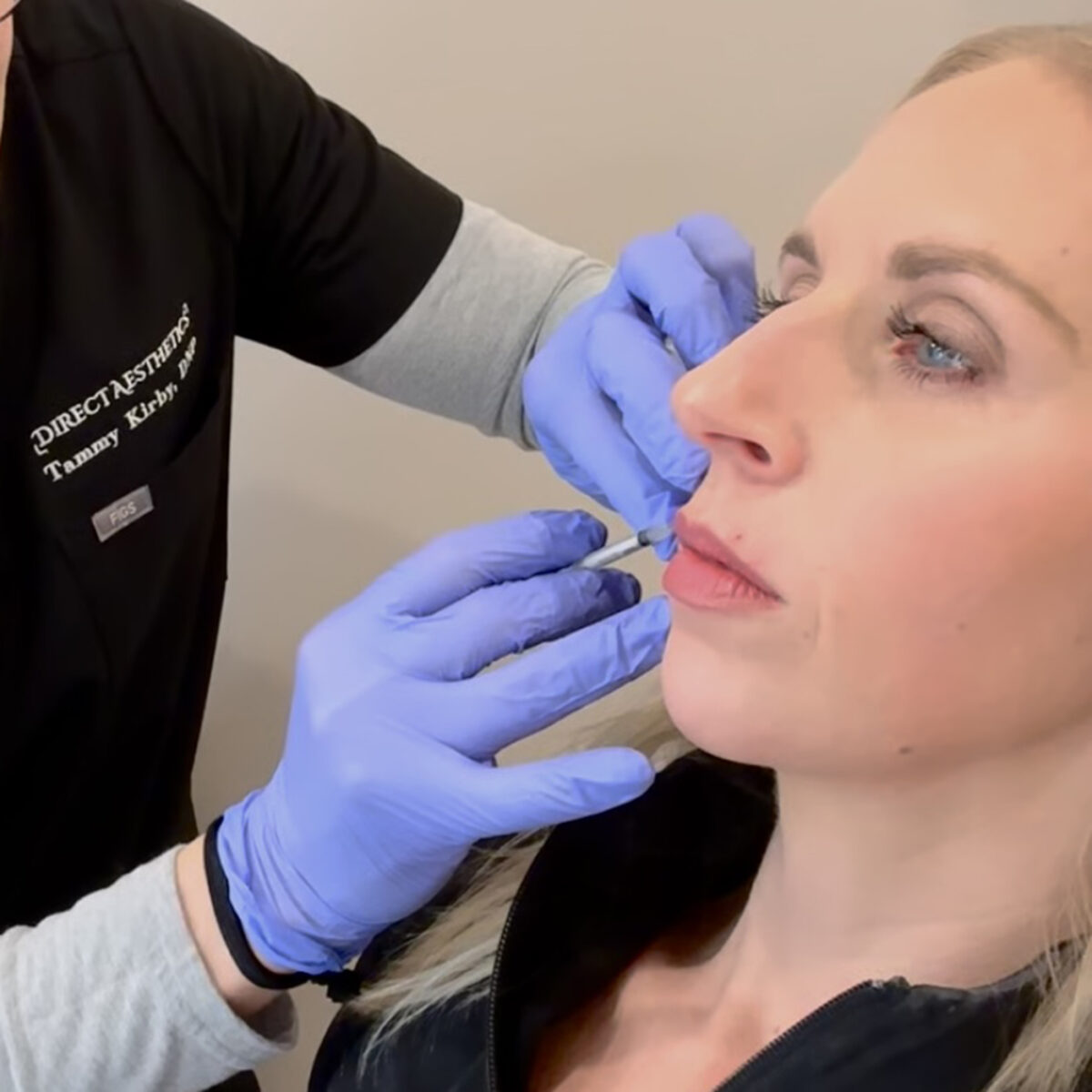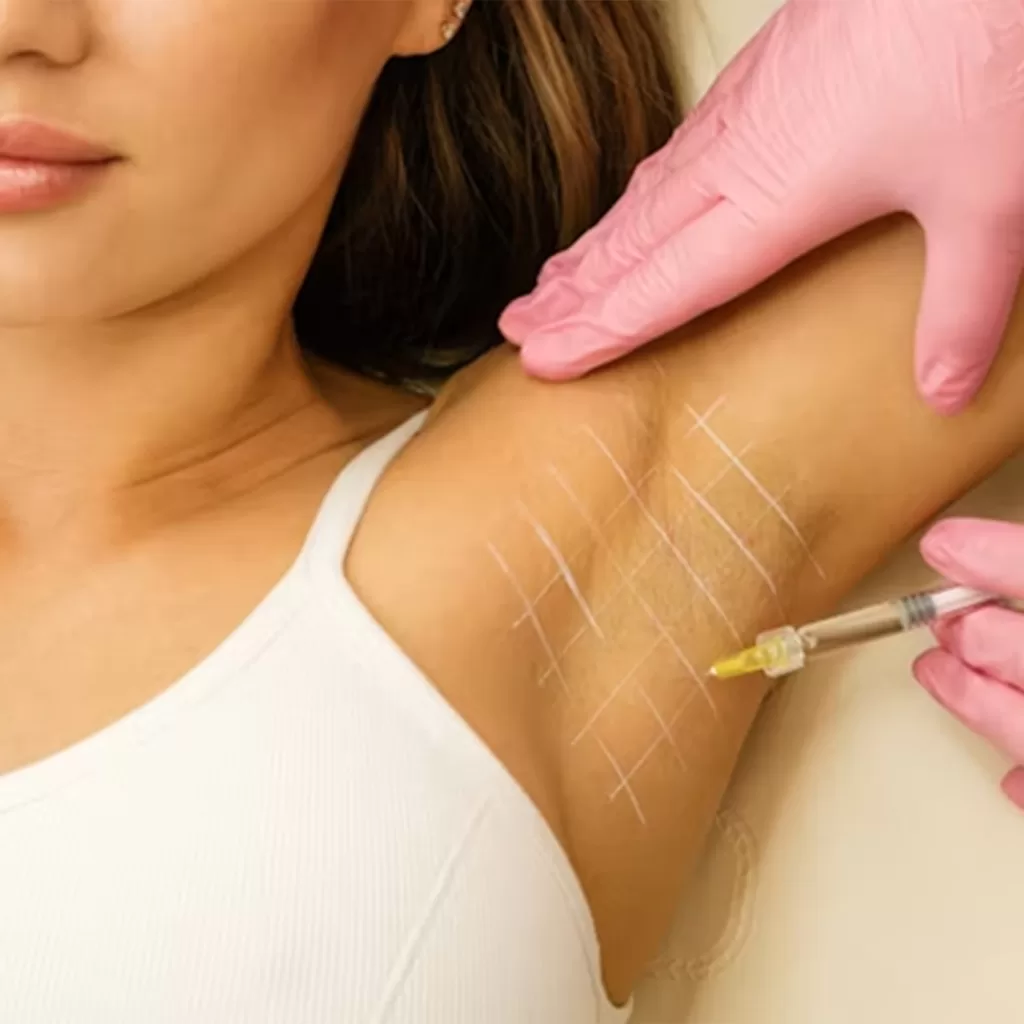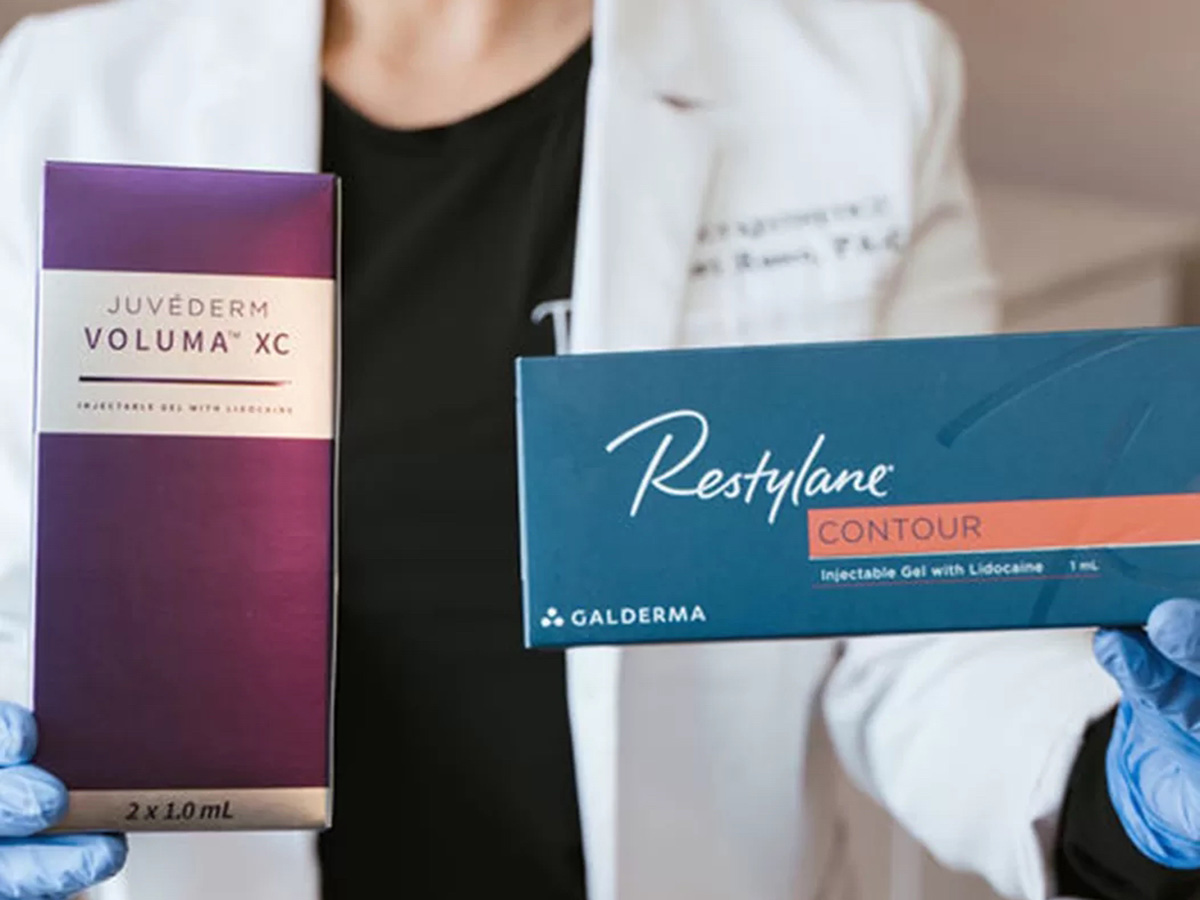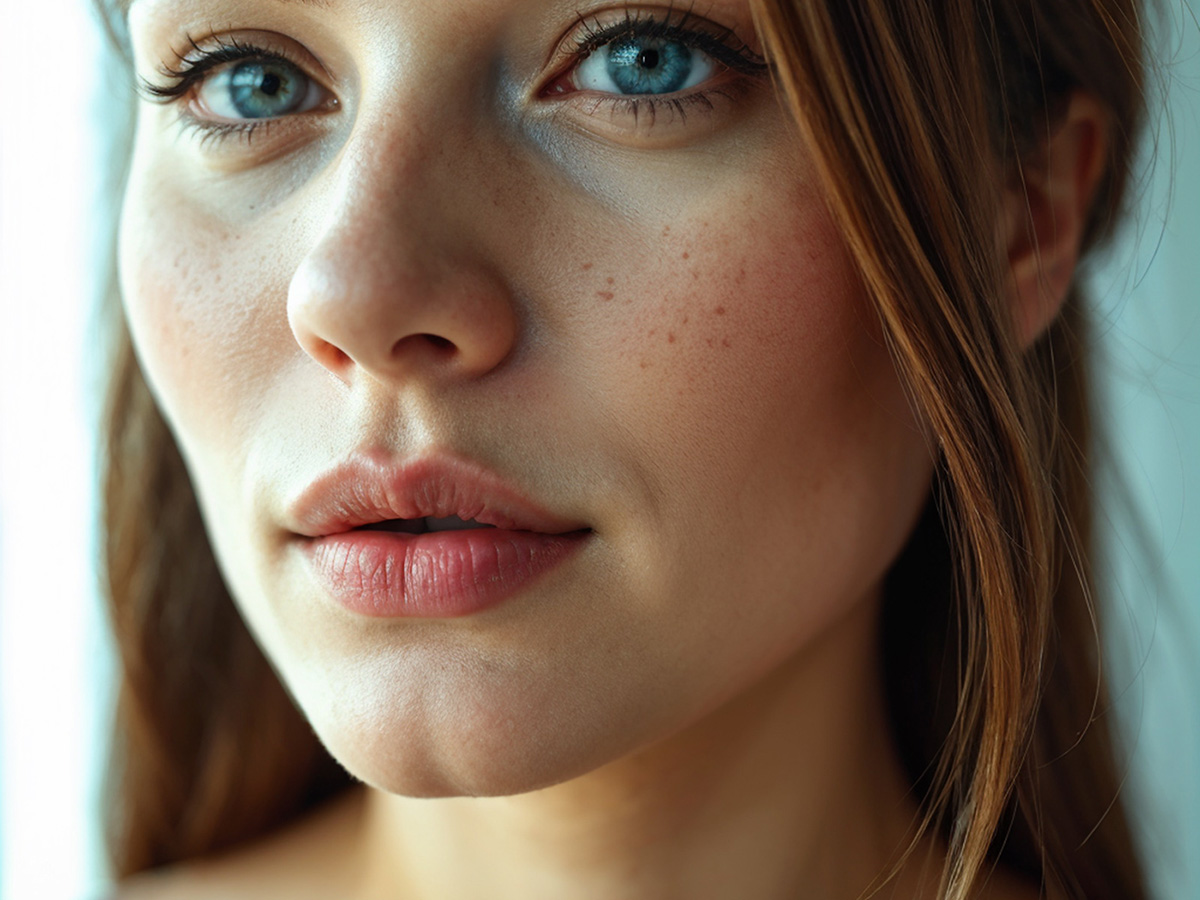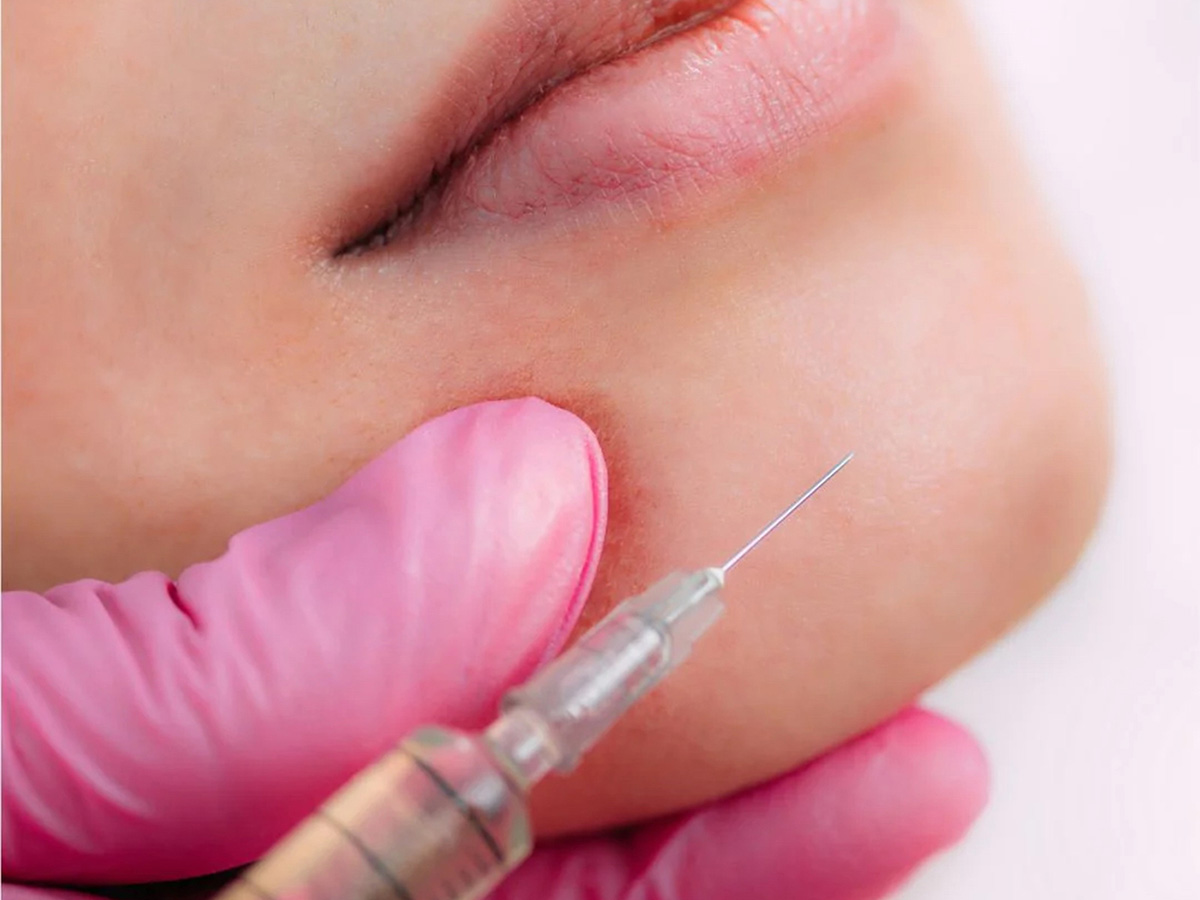What is Sculptra?
Sculptra, manufactured by Galderma, is composed of poly-L-lactic acid (PLLA), a synthetic polymer that is biocompatible and stimulates collagen production deep within the dermis to restore volume loss in the face, hands, and other areas of the body. Unlike hyaluronic acid (HA) fillers such as Juvéderm or Restylane, Sculptra’s biostimulatory effect allows it to last approximately twice as long.
This treatment is distinctively innovative. Sculptra not only adds volume but also triggers the creation of collagen within and beneath the skin, essentially serving as a catalyst for the regeneration of lost collagen. Over time, Sculptra helps replenish lost collagen, resulting in gradual improvements in skin texture, firmness, and overall appearance. It is commonly used to address facial wrinkles, folds, and hollow areas, providing subtle and long-lasting results. No other product on the market operates through the same mechanism of action.
Sculptra is most commonly injected in these areas of the face:
- Nasolabial folds, particularly deep folds on either side of the nose
- Fine lines and wrinkles on the cheeks
- Hollows in the temples or in front of the ears
- Sunken cheeks
- Wrinkled chins
- Weak jawline
It’s not recommended as an under-eye filler or for lip augmentation.
What are the pros and cons of Sculptra Treatments?
Pros:
- Sculptra offers some of the longest-lasting results among dermal fillers, with effects lasting up to two to three years.
- By stimulating natural collagen production, Sculptra enhances results over time, with optimal improvements typically seen four to six months after treatment.
- The gradual enhancement of results ensures a natural appearance, making it discreet to others.
- This nonsurgical procedure entails minimal downtime, allowing for a swift return to daily activities.
- Research indicates that Sculptra can enhance skin quality, notably enhancing smoothness and radiance.
Cons:
- Sculptra typically incurs a higher initial cost compared to hyaluronic acid fillers, often more than double the price.
- Achieving desired results with Sculptra requires patience and a willingness to undergo multiple treatments spread out over several months.
- Potential side effects of Sculptra treatments include bruising, facial asymmetry, and the development of nodules under the skin. Opting for a skilled injector from Direct Aesthetics can help minimize these risks.
- To reduce the likelihood of nodule formation, it’s essential to massage the injection sites for five minutes, five times a day, over a span of five days.
- Sculptra outcomes can vary; some patients may experience excessive fullness, while others may perceive insufficient improvement.
- Unlike hyaluronic acid fillers, Sculptra is not reversible. Once administered, its effects cannot be quickly reversed, necessitating patience if complications arise or if the results are not as desired.
How does a Sculptra treatment work?
Research indicates that Sculptra Aesthetic operates by triggering low-level inflammation within the deeper layers of the skin and tissue. This process stimulates the production of new collagen, resulting in firmer, thicker skin with improved texture and restored volume.
While Sculptra Aesthetic may not be suitable for treating superficial lines, it can effectively address deep facial wrinkles, particularly in areas like the nasolabial folds. These folds, commonly known as smile lines, develop due to a combination of fat loss in the cheeks and the effects of gravity on aging skin.
Rather than directly injecting Sculptra into the nasolabial folds, it is strategically administered in the cheeks. This approach subtly lifts the skin while adding volume, thereby smoothing the appearance of smile lines.
What is the Sculptra treatment process at Direct Aesthetics?
At Direct Aesthetics, Sculptra injections are typically completed in under an hour. Prior to the procedure, our experienced providers will discuss your desired outcomes, assess the treatment area, mark injection points, and cleanse the area with an antiseptic solution.
To ensure your comfort during the injections, you may receive a topical anesthetic. Additionally, we often mix Sculptra with a numbing agent like lidocaine to further minimize any discomfort. Many of our clients report minimal pain during the procedure.
After the injections, our injection specialist will massage the treated area to ensure even distribution of Sculptra and to prevent the formation of lumps or nodules beneath the skin. You’ll also be instructed to perform self-massage on the area several times a day for about a week post-procedure to further prevent nodules.
Most of our patients can resume their regular activities immediately after treatment. We provide a small ice pack to apply to the injection site to help alleviate any discomfort or swelling. Additionally, any bruising that may occur can typically be concealed with makeup.
How soon will you see the results of a Sculptra treatment?
With Sculptra treatments at Direct Aesthetics, initial results may be visible shortly after the procedure due to the volume-enhancing effect of the injections. However, it’s essential to note that Sculptra works by stimulating collagen production over time. Therefore, the full effects of the treatment typically become noticeable gradually over several weeks to months as new collagen is produced and the skin’s texture and firmness improve.
Are Sculptra treatments permanent?
No, Sculptra treatments are not permanent. While the results of Sculptra injections can be long-lasting, they are not permanent. Over time, the body gradually metabolizes the poly-L-lactic acid (PLLA) in Sculptra, leading to a gradual reduction in volume. Typically, the effects of Sculptra can last for up to two years or more, but eventually, touch-up treatments may be needed to maintain the desired results.
Is a Sculptra treatment safe?
Yes, Sculptra treatments are generally considered safe when performed by a qualified and experienced healthcare professional. However, like any medical procedure, there are potential risks and side effects associated with Sculptra injections:
- Swelling, redness, and bruising are common at injection sites after a Sculptra treatment.
- Small knots under the skin may appear immediately following injection, usually due to swelling.
- Sculptra injections can lead to hypertrophic and keloid formation, especially in individuals with a history of such scarring.
- All dermal fillers, including Sculptra, pose a risk of vascular occlusion if inadvertently injected into a blood vessel, which can impede blood flow.
- Sculptra nodules, or granulomas, may develop several months after injection, potentially causing skin discoloration. These nodules can arise due to factors like improper injection technique or inadequate post-injection massage to evenly distribute the filler.
It’s essential to discuss any concerns with your healthcare provider before undergoing treatment and to follow their instructions for aftercare to minimize the risk of complications.
Sculptra Aesthetic vs. Juvéderm
Sculptra and Juvederm are both popular injectable fillers used for cosmetic purposes, but they have different compositions and mechanisms of action.
Sculptra, containing poly-L-lactic acid (PLLA), stimulates collagen production in the skin over time. It is ideal for treating volume loss in larger areas of the face, such as the cheeks and temples, and can last up to two years or longer.
Juvederm, on the other hand, is made of hyaluronic acid (HA) and provides immediate volume to targeted areas. It is suitable for filling in fine lines, wrinkles, and adding volume to specific facial features like lips and nasolabial folds. Results typically last around 6 to 12 months, depending on the specific Juvederm product used.
In summary, Sculptra is preferred for addressing broader areas of volume loss and stimulating collagen production, while Juvederm is better suited for precise contouring and immediate results in targeted facial areas. Consulting with a qualified provider, like Direct Aesthetics, can help determine the most suitable option based on individual needs and goals.
Sculptra Aesthetic vs. Botox
Sculptra and Botox are both popular cosmetic treatments, but they serve different purposes and work in distinct ways.
Sculptra is an injectable filler that contains poly-L-lactic acid (PLLA), which stimulates collagen production in the skin over time. It is primarily used to restore volume in larger areas of the face, such as the cheeks and temples, and can improve skin texture and firmness. Results from Sculptra are gradual and long-lasting, typically lasting up to two years or more.
Botox, on the other hand, is a neurotoxin derived from botulinum toxin type A. It works by temporarily relaxing muscles to reduce the appearance of wrinkles and fine lines caused by repetitive facial expressions, such as crow’s feet and frown lines. Botox is commonly used to smooth wrinkles in the forehead, between the eyebrows, and around the eyes. Results from Botox typically last around three to four months.
In summary, Sculptra is best for restoring lost volume and improving overall skin quality, while Botox is ideal for targeting dynamic wrinkles caused by muscle movement. Depending on individual concerns and goals, a combination of both treatments may be recommended. It’s important to consult with a qualified provider, like Direct Aesthetics, to determine the most suitable option for achieving desired results.
